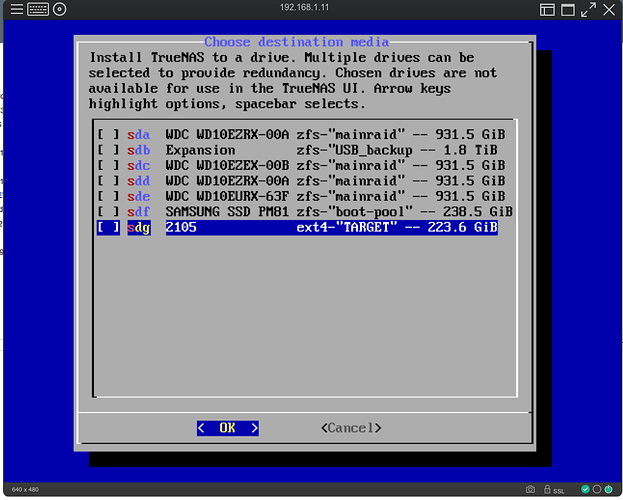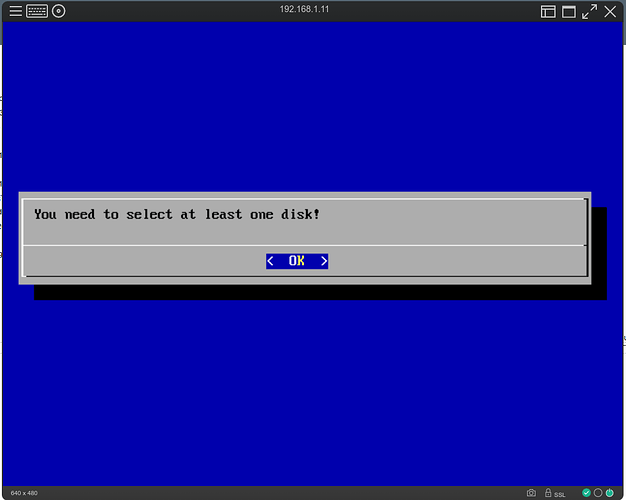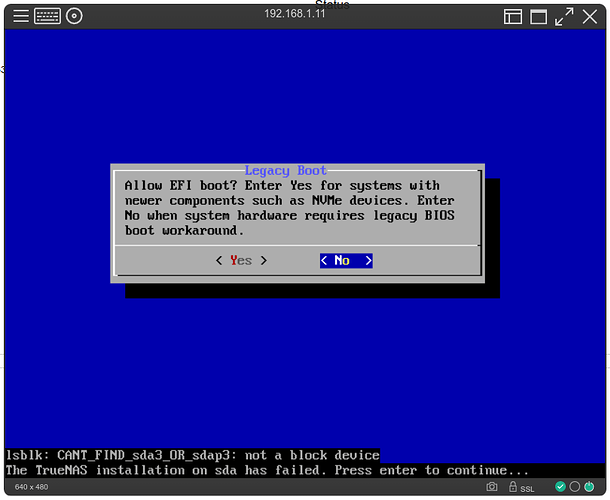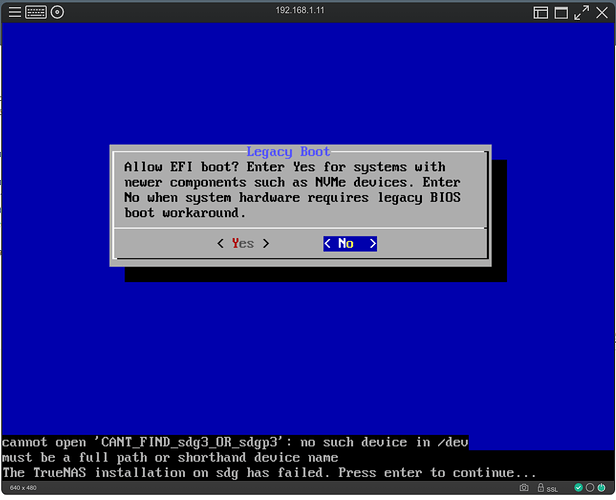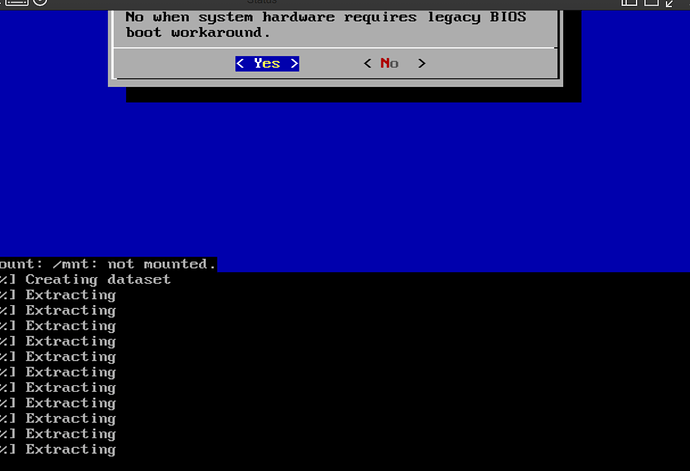Hi folks!
This started out as a way to long post, but summed up, my questions are:
- How to best utilize my drives
- Core vs Scale
- Problems installing scale
The hardware I have so far is:
- Case: Cooler Master CM590
- Motherboard: Asus P6T Deluxe v2
- CPU: Intel Core i7 LGA1366
- RAM: 24GB HyperX Genesis DDR3 800MHz (6x 4GB)
- PCIe x8 Nvidia Quadro F1500
- PCIe x8 LSI SAS3 9300-16i HBA with SAS to Sata (IT-mode)
- Slim DVDRW (from an old laptop) (Sata to MB)
- 1x 256GB LiteOn Sata SSD (Sata to MB)
- 2x 256GB SanDisk Sata SSDs (Sata to MB)
- 4x 256GB Samsung P871a SSDs (Sata to LSI)
- 4x Seagate 10TB Enterprise (ST10000NM0156) (Sata to LSI)
Given the drives that I have, my plan is to use:
- OS of 2x SanDisk SSDs
- zPool of
— 4x 10TB drives i raidz1
— 2x Samsung SSDs as cache - 1x LiteOn SSD as spare
- 2x Samsung SSDs as spares or cache in a future addidional pool.
- Do you approve or would you suggest another setup?
I have been considering Core vs Scale, and as of now it kind of get down to these questions. I think I already know the answer, but still:
2. Does any of these features require Scale? (for all I know they might not be possible on either Core or Scale)
a) Backup/sync to another TrueNas physically located somewhere else, like at another family member.
b) Autosync from a mobile phone (outside of house) (my, wife’s, kid’s) to my/our TrueNas
c) Stream video/content from Nas to mobile phone (outside of house)
- Help with the “not a block device” message when installing Scale, is this due to the motherboard (Asus P6T Deluxe v2) being old and no support of UEFI? Is it resovable, or will I get less hassle, now and in the future, by just getting a newer motherboard (or just go core for now)?
Now, this is my first system, and I thought I’d try out stuff before I put it into use. So I installed TrueNas Core on one of the SSD’s, and chose legacy boot in the process, as the motherboard do not have UEFI. This worked fine, I also tested with a few 320GB drives I had laying around to make a pool. So far, so good.
So, my next thought was to test Scale. I got the impression that Scale might give more functionality, both now and in the future.
But installing Scale failed with the “Cant find sda3 Not a block device” message, and the next time I tried to install the drive was marked with “NULL”. I have searched for sollutions, I have found a few suggestions, but have not been able to solve this, I got lost in the process on some of them too.
The drives seems good, cause when connected to a windows pc later, I can delete partitions, make new ones and such, so the SSD’s are fine.
Any advice? I’ll provide more info/details on demand.
